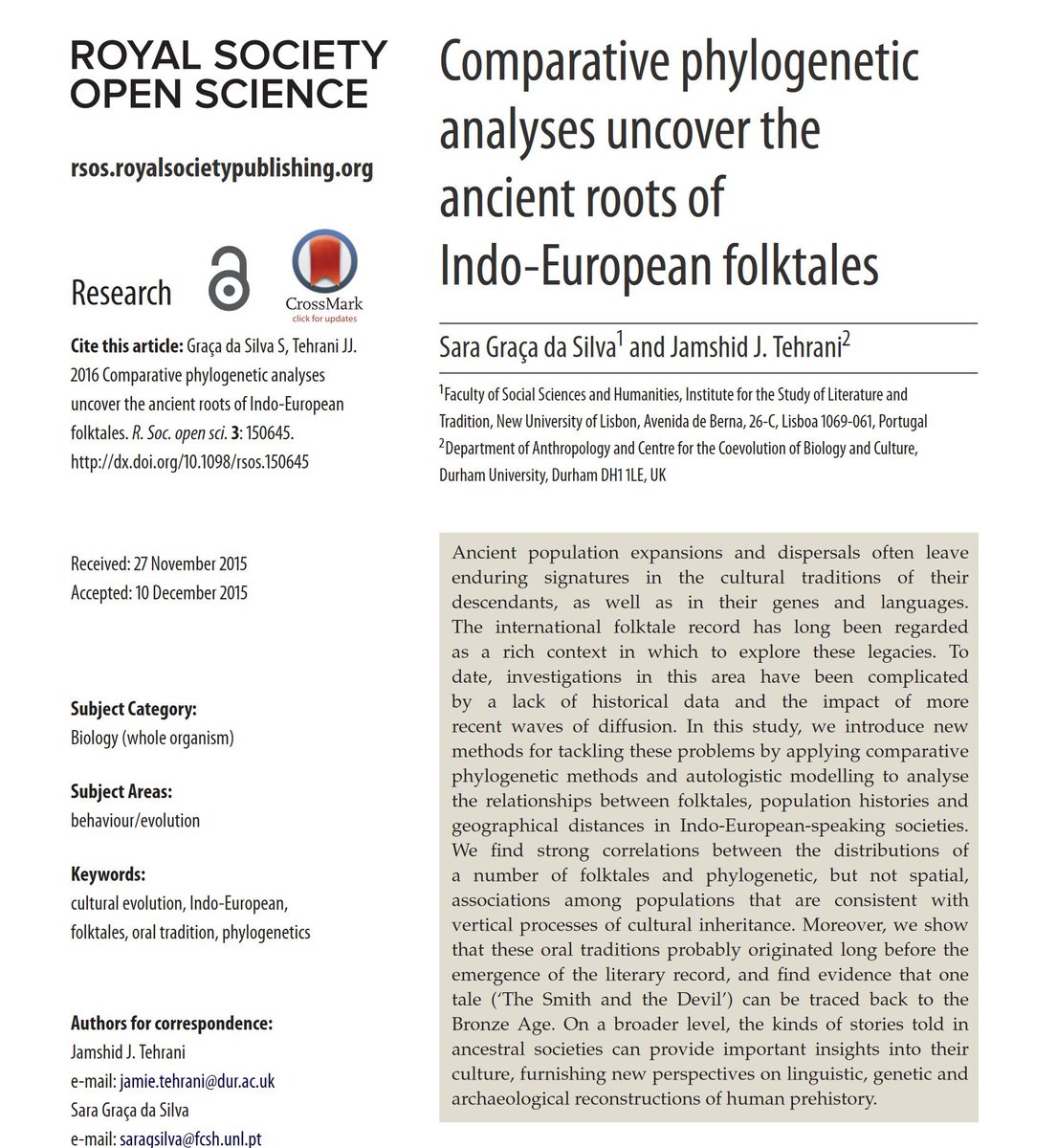
Humans have always relied on odd sources of randomness as protection🎲
Today: The security of 10% of the internet is secured by a wall of lava lamps watched by a camera to generate true randomness
History: Use of divination allowed us to avoid cognitive traps by adding randomness

Today: The security of 10% of the internet is secured by a wall of lava lamps watched by a camera to generate true randomness
History: Use of divination allowed us to avoid cognitive traps by adding randomness


Article on the wall of lava lamps, to be used if “other sources of entropy are compromised”: blog.cloudflare.com/lavarand-in-pr…
Article on why relying on randomness & divination is often better for decision-making: aeon.co/essays/if-you-…
Article on why relying on randomness & divination is often better for decision-making: aeon.co/essays/if-you-…
If rules you are using to make decisions are bad (either because they are biased or because you don’t have any information that would allow you to make a decision), than random decisions are better: “What lotteries are very good for is for keeping bad reasons out of decisions.”
More randomness may be good for things like awarding early stage startup funding or scientific grants. Once people have passed a certain quality threshold, attempts to further pick winners are just openings for various decision biases, as well as being wastes of everyone’s time.
https://twitter.com/emollick/status/1194729760171208706
This is such cool paper that I hadn’t seen: “groups with randomly selected leaders performed a survival task better than groups whose leaders were systematically selected… because [non-random] leaders assert their personal superiority at the expense of shared social identity”
https://twitter.com/work_matters/status/1412924187954487298
Randomness can work for you, right now, by overcoming inertia. This experiment asked people considering a life decision to flip a coin on whether they should: those told by the coin to make the change often did & were significantly happier 6 months later. papers.ssrn.com/sol3/papers.cf… 



Humans find meaning in randomness. Ouija shows how we do it unconsciously & collectively: Early moves are random, but as the options for words narrow, people unconsciously work together to find meaning in the noise & guide the pointer to finish words- often without realizing it! 





• • •
Missing some Tweet in this thread? You can try to
force a refresh






















